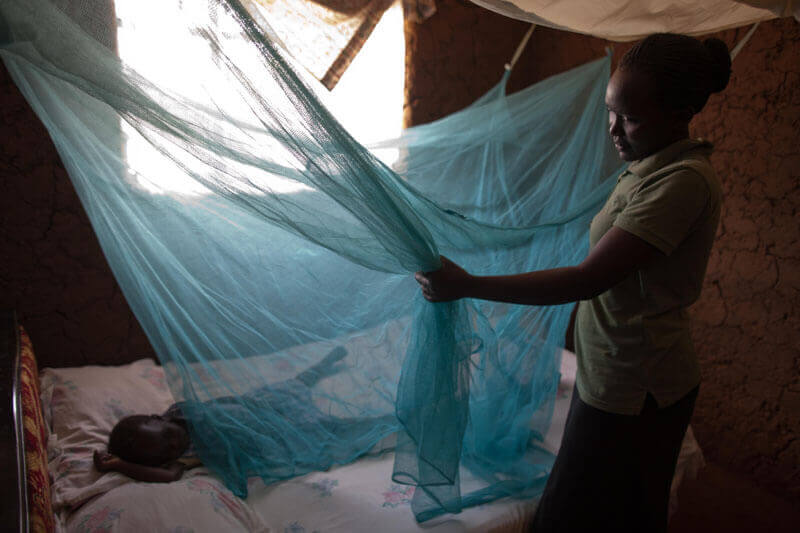Mandy GoldbergResearch!America
Mandy Goldberg is a global health R&D advocacy intern at Research!America, a nonprofit that advocates for science, discovery, and innovation to achieve better health for all.
In this guest post, Mandy Goldberg from Research!America writes about an event today in Washington, DC, that focuses on research and development (R&D) for new malaria tools. The event is sponsored by Research!America, the Global Health Technologies Coalition (GHTC), and several other partners.
In the United States, the bite of a mosquito is uncomfortable and irritating. For 3.3 billion people abroad, a mosquito bite can be deadly. Almost half of the global population is at risk of contracting malaria from the bite of an infected mosquito. Although malaria is preventable and curable, an estimated 655,000 people, mostly children in Africa, died from the disease in 2010.
On April 25, the global health community commemorates the fifth annual World Malaria Day by recognizing the progress that has been made in the fight against malaria and calling for increased investment to sustain this momentum and achieve malaria control worldwide. The current basis of malaria control efforts are mosquito control strategies and treatment. Studies have shown that bednets can reduce malaria transmission by 90 percent in areas with high coverage rates. In addition, indoor residual spraying with insecticides can also reduce malaria transmission in areas with at least 80 percent coverage.

The tide is turning against malaria, thanks in part to remarkable achievements in R&D. In the past decade, malaria deaths have decreased by one-third in Africa. In countries with improved access to malaria control interventions, child mortality rates have fallen by 20 percent. More research is needed, however, to develop new, longer-lasting tools to bring eradication within reach.
Hope on the way: the malaria product pipeline
Anti-malarial medicines are used for curative and preventive purposes, but the increasing threat of drug resistance is making R&D for new, more effective drugs even more essential. Widespread resistance to the drug chloroquine in the 1970s and 1980s necessitated the use of artemisinin-based combination therapies (ACT), currently the best available treatment. The plant from which artemisinin is derived is in short supply in nature, threatening future availability of ACT. OneWorld Health, a drug development affiliate of PATH, in collaboration with private-sector partners, is working to solve this problem through the development and production of semi-synthetic artemisinin at an affordable price that can sustain the supply of ACT for years to come.
In addition, the product development partnership Medicines for Malaria Venture (MMV) has several promising drug candidates in its R&D pipeline. MMV is developing a one-dose cure to replace current three-day regimens, eliminating the need for treatment follow-up and reducing the likelihood of drug resistance. MMV is also working on the development of non-artemisinin-based treatments. Considering recent reports of increasing resistance to ACTs in Southeast Asia, increased investment is needed to support the development of new therapies that may be necessary to control malaria in the future.
The greatest hope for malaria eradication is the development of a safe, effective vaccine to prevent infection. RTS,S, the most advanced malaria vaccine candidate, has been shown to reduce the risk of infection by 50 percent among children age 5-17 months in a recent late-stage clinical trial. Developed through collaboration between the Walter Reed Army Institute of Research, GlaxoSmithKline, and the PATH Malaria Vaccine Initiative, this vaccine could be recommended for widespread use by the World Health Organization as early as 2015.
Research has played an essential role in the progress already made against malaria, and additional scientific breakthroughs may be around the corner due to the robust R&D pipeline. Malaria R&D has the potential to save hundreds of thousands of lives, including American troops stationed abroad, and also has important economic benefits here at home by creating jobs and stimulating economic growth. In order to fully realize these health and economic benefits, increased investment in malaria R&D is required.